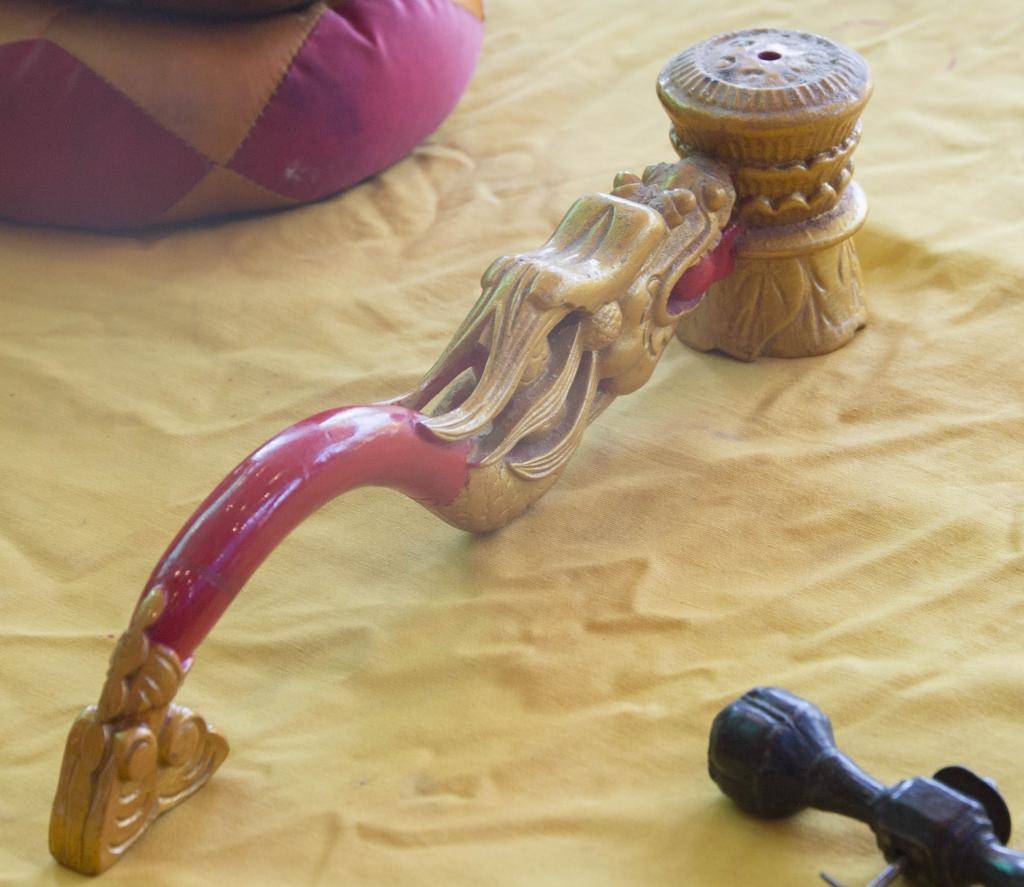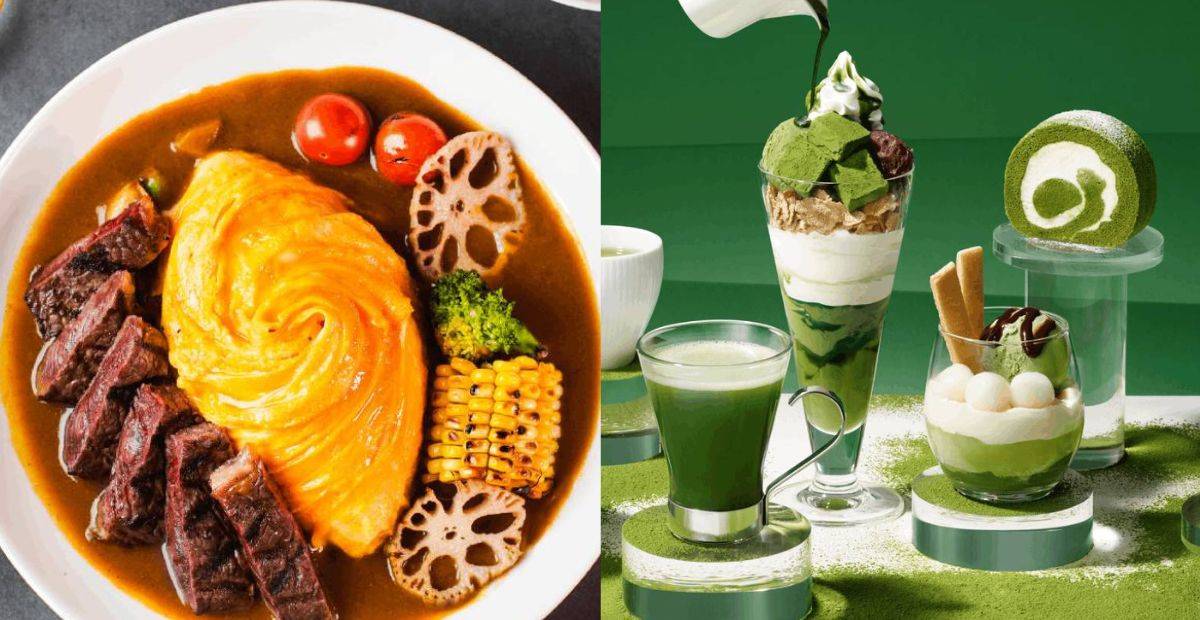Cantonese Rite of Liberating the Flaming Mouths: Feeding Hungry Ghosts
Cantonese Rite of Liberating the Flaming Mouths (Feeding the Hungry Ghosts)
Cantonese Rite of Liberating the Flaming Mouths|Introduction
Cantonese Rite of Liberating the Flaming Mouths|Areas
Cantonese Rite of Liberating the Flaming Mouths|Date
Cantonese Rite of Liberating the Flaming Mouths|Historical evolution
Cantonese Rite of Liberating the Flaming Mouths| Introduction
The Cantonese tradition of freeing the flaming-mouths is a Buddhist ceremony that involves offering food to alleviate the suffering of spirits. The purpose of these food offerings is to appease the ancestors and hungry ghosts residing in the underworld. Through this ritual, practitioners establish a connection with these hungry ghosts, aiming to alleviate their sadness and provide them solace by guiding them towards Buddhism’s three treasures. Additionally, this rite bestows blessings upon the living. Typically conducted in Cantonese, it is accompanied by music. Nowadays, it is commonly performed during Ching Ming Festival services or funerals.
Cantonese Rite of Liberating the Flaming Mouths| Areas
Cantonese Rite of Liberating the Flaming Mouths| Date
Whole year
Cantonese Rite of Liberating the Flaming Mouths|Historical evolution
In the 1950s to 1980s, the Cantonese Rite of Liberating the Flaming Mouths was one of the commonly used religious rituals in Hong Kong. It was performed during important events such as weddings, celebrations, and funerals. The period from the 1980s to early 1990s was considered its peak. Regardless of whether they were Buddhists or not, people would invite monks to perform the Cantonese Rite of Liberating the Flaming Mouths for purposes such as death ceremonies, childbirth, job seeking, birthdays, housewarming parties, and expressing gratitude towards deities in order to obtain blessings and grace. It is said that each monk would release no less than one flaming mouth per day.
Since the 1990s, due to a decrease in the number of monks conducting this rite and with other Buddhist funeral rituals gaining popularity along with changes in Hong Kong’s social and economic environment, performing the Cantonese Rite of Liberating the Flaming Mouths has become less frequent than before.
In recent years, it is common for the Cantonese Rite of Liberating the Flaming Mouths to be performed during Qingming Festival or ancestral worship ceremonies. Apart from being held at Buddhist temples and funeral parlors, some villages in New Territories also invite monks to release flaming mouths during ceremonies honoring deceased spirits. Temples and Buddhist societies such as Po Lin Monastery Lingyin Temple Bamboo Forest Monastery Pine Shade Garden Buddhist Taoist Society Zhuyin Changchun Cave have monks presiding over this rite.
What is the purpose of the Cantonese Rite of Liberating the Flaming Mouths?
The purpose of this rite is to alleviate the suffering of spirits and hungry ghosts by offering them food and guiding them towards Buddhism’s three treasures….More Details
How has the popularity of the Cantonese Rite of Liberating the Flaming Mouths changed over time?
In the past, it was widely practiced in Hong Kong during important events such as weddings, celebrations, and funerals…More Details







